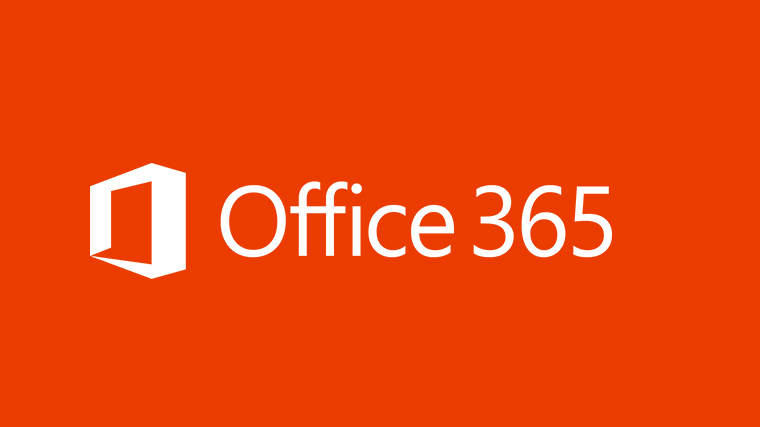Getting The Most Out Of Office 365 At Work – Introduction
Microsoft has been an enterprise technology company for most of their existence. One large portion of their enterprise business revolves around how communication occurs at a company. Traditionally this is done with email and Microsoft supported companies with their widely popular Exchange services to power email. However, today communication is a complicated topic for many working in the business world.
Working with people inside your company at the same location is one thing but on the other side of the continuum is working with people using different tools located somewhere else and probably in a different time zone. So how does Microsoft believe they have solved this communication problem? With many different tools all wrapped up in Office 365. Tools like email, Yammer, OneDrive for Business, SharePoint, Office 365 Groups, Skype for Business and the host of complementary apps all play a different role in the aim of facilitating business communication.
What are these different tools, why are there so many of them, and how can I get the most out of them? These are all good questions which I hope are answered in this series. Frequently large companies will pay for Office 365 functionality and never train their employees on how to use the tools or what new best practices have been developed. Hopefully with each post you’ll learn more and understand better the tools which can help you get more done while doing the same amount of work.
Many of the Office 365 tools seem to overlap such as Office 365 Groups and Yammer Groups, but while similar they can serve different purposes and accomplish different things. In 2015 we have a large number of different tools which do a lot of different things, so the problem today is finding the best tool for the job. Microsoft has taken the shotgun approach to enterprise communication and collaboration tools by offering a large number of different similar sounding tools and some weird ones, like Delve.
It is worth noting there is no playbook for the best and correct way to use Office 365 to work together with your colleagues. Simply put the way that works is best. This being said there remains value in exploring new options and seeing if there are better ways of getting work done, but don’t jump to every new tool because it sounds promising. The tools should not get in your way of getting your job done. Jumping through hoops is not only cumbersome and tedious but also takes time away from doing your job.
Communicating, sharing, collaborating, and staying updated shouldn’t be a chore in 2015. Microsoft has done a good job creating tools which can be used in a variety of different ways to accomplish the same goal. Best of all, since Microsoft is a traditional enterprise company, most of these tools dovetail into existing email and Office type workflows making the task of learning new software easier.
Check back here for more in this series where I will go over and cover the different tools offered in Office 365 and how to get the most from them.




